Vertical gardens are frequently seen in public spaces as walls covered in beautiful cascading flowers or patterns of greenery. But did you know that you can grow edible plants in a vertical garden too? In fact, with a little planning, you can grow all kinds of fruits, herbs, or veggies on a sunny wall. There is a tremendous variety of edible plants that will thrive in this type of environment.
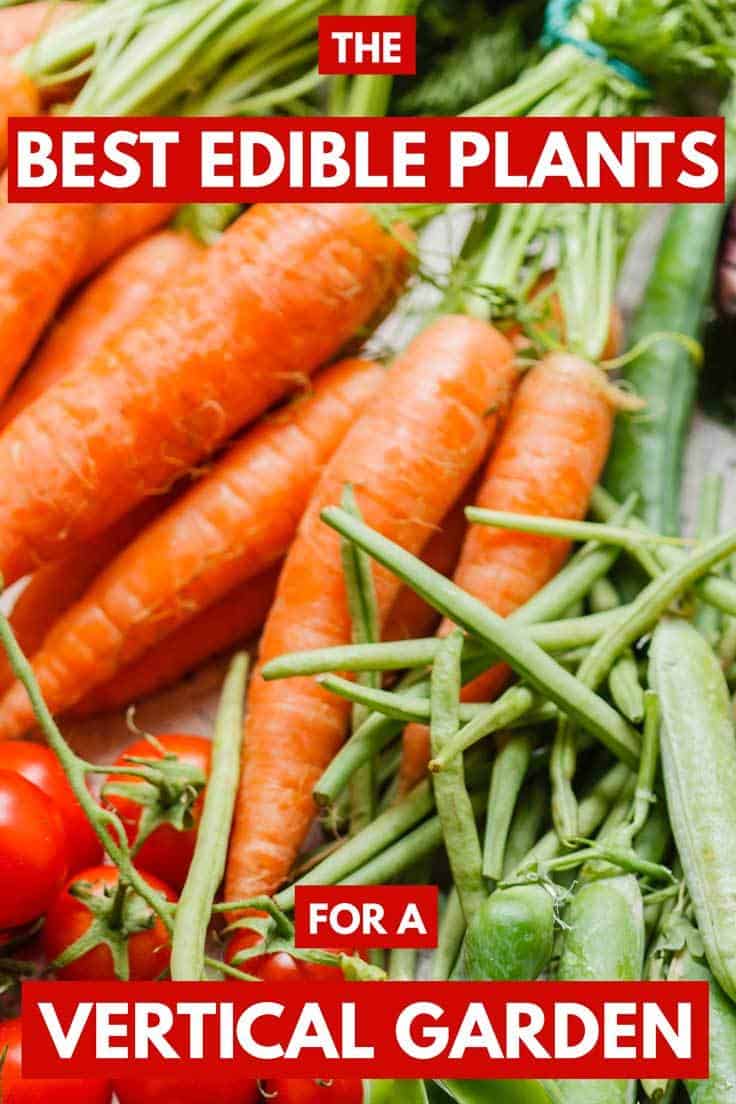
The best edible plants to grow in a vertical garden are:
- Tomatoes
- Peppers
- Pole beans
- Peas
- Cucumbers
- Melons
- Squash
- Radishes
- Carrots
- Garlic
- Broccoli
- Cauliflower
- Kale
- Lettuce
- Microgreens
- Spinach
- Kiwi
- Strawberries
- Rosemary
- Parsley
- Chives
- Basil
- Oregano
- Mint
- Cilantro
These plants are all tremendously easy to grow, but each type of plant has its own specific requirements to grow strong and healthy. Keep reading for the details for how to grow your own miniature produce stand in a few square feet.
Nightshade Plants
Nightshade vegetables are a plant family that includes tomatoes, peppers, potatoes, and eggplant. Of these four, tomatoes and peppers grow really well in a vertical garden. They are exceptional sources of antioxidants and vitamins and are staples for a kitchen garden.
Tomatoes
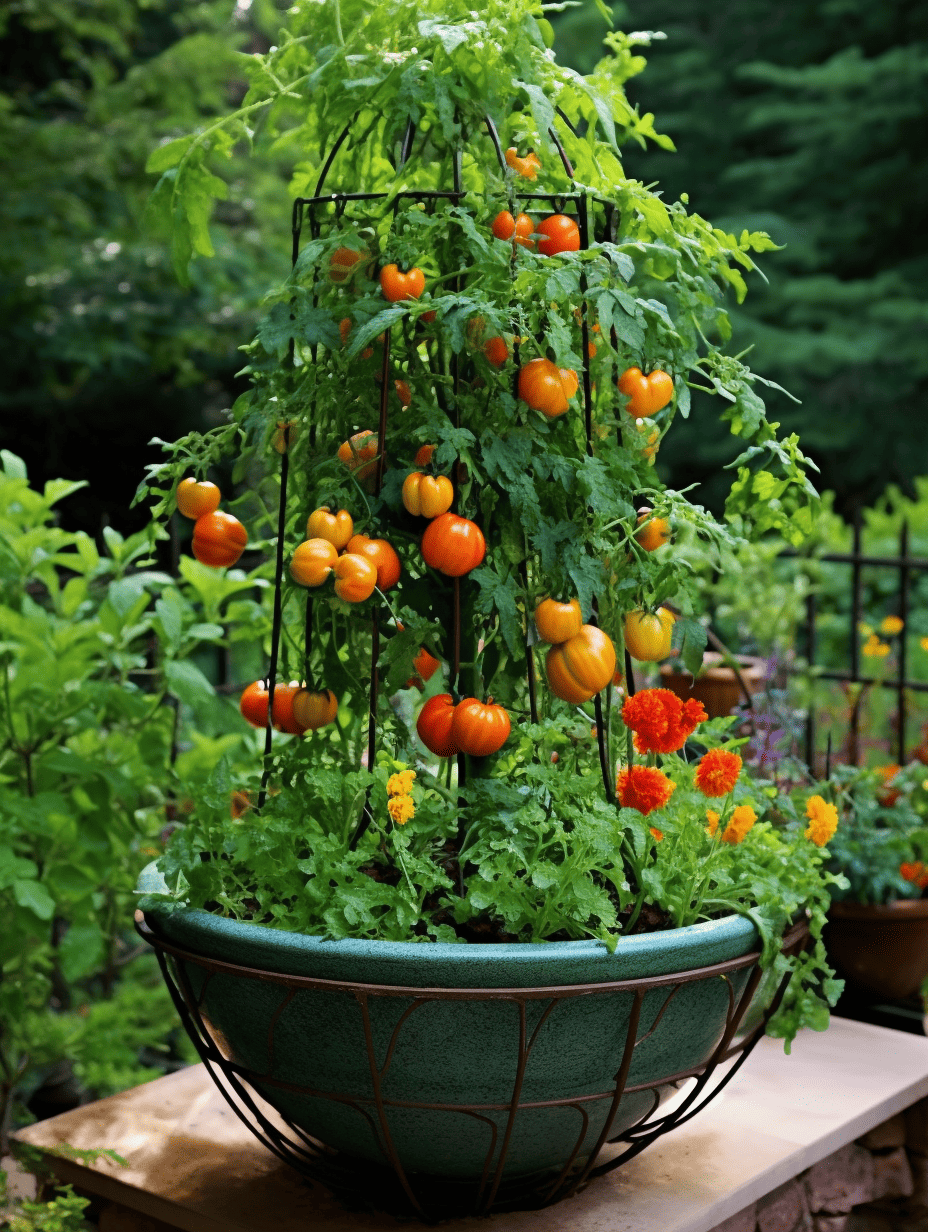
Tomatoes prefer full sun and rich well-drained soil. You can grow bush (determinate) or vining (indeterminate) tomatoes in a vertical garden with much success.
If you choose to grow the vining type of tomatoes, you will need to secure the vines to a trellis. This will as they grow both support the vines as they bear fruit, and to keep them orderly.
If you choose the bush type, you will need to stake the plant or use a tomato cage to keep it from falling over as it grows heavy with fruit.
Tomatoes are also grown hydroponically or without soil. Hydroponics is a system where the plant is provided it nutrition through its hydration system, eliminating the need for soil. Using this method in combination with a vertical garden can allow gardeners to harvest tomatoes all winter long when grown in a greenhouse or indoors with a grow light.
Peppers
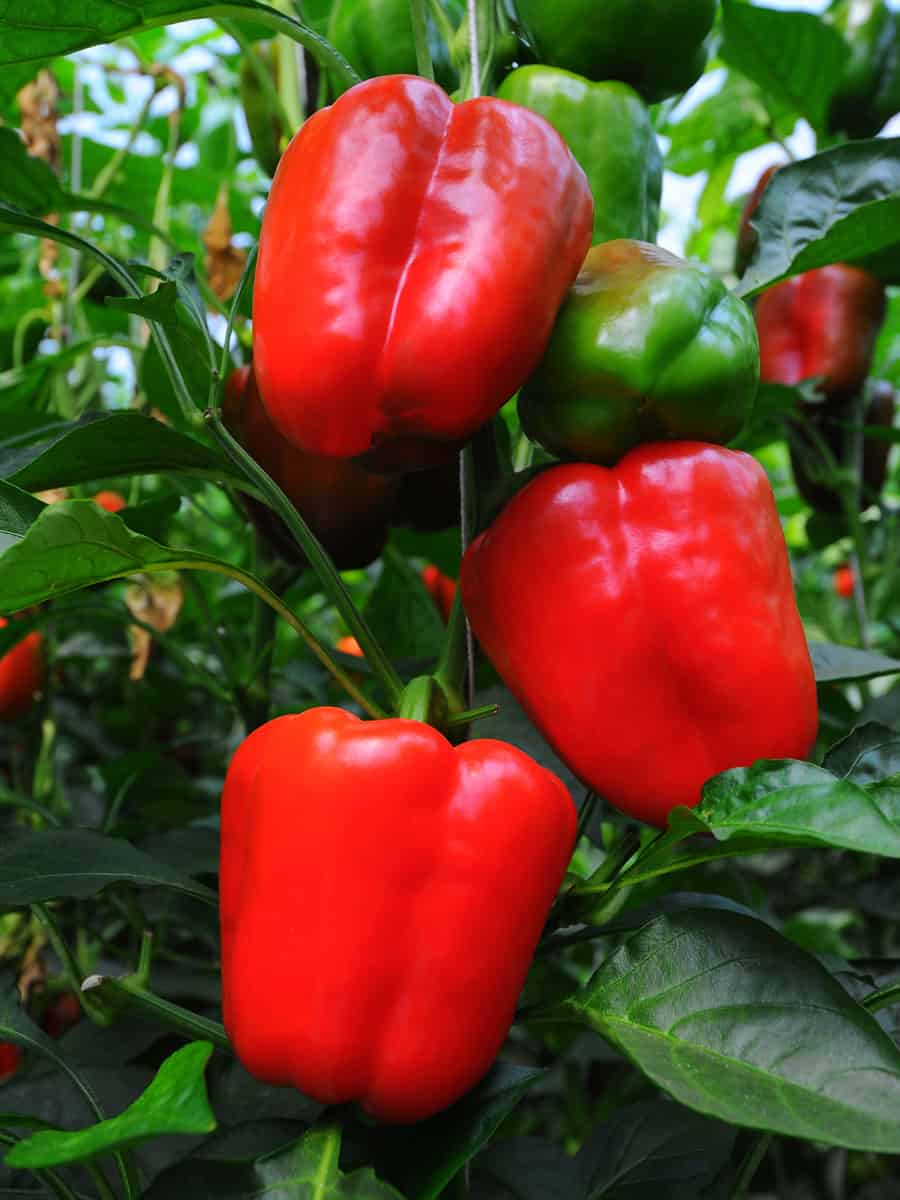
Peppers come in a rainbow of shapes, color, and taste experiences. They can be red, orange, green, yellow and sweet, or present varying degrees of heat from mild banana peppers to the violently hot Carolina Reaper hot pepper.
Peppers require the same growing conditions as tomatoes so they are ideal planting partners.
Climbers and Trailing Plants
Vining plants are perfect for a vertical garden. These plants can be grown up a trellis or planted in a container hanging on a fence or wall with the fruit supported as needed when the vines grow towards the ground.
Pole Beans
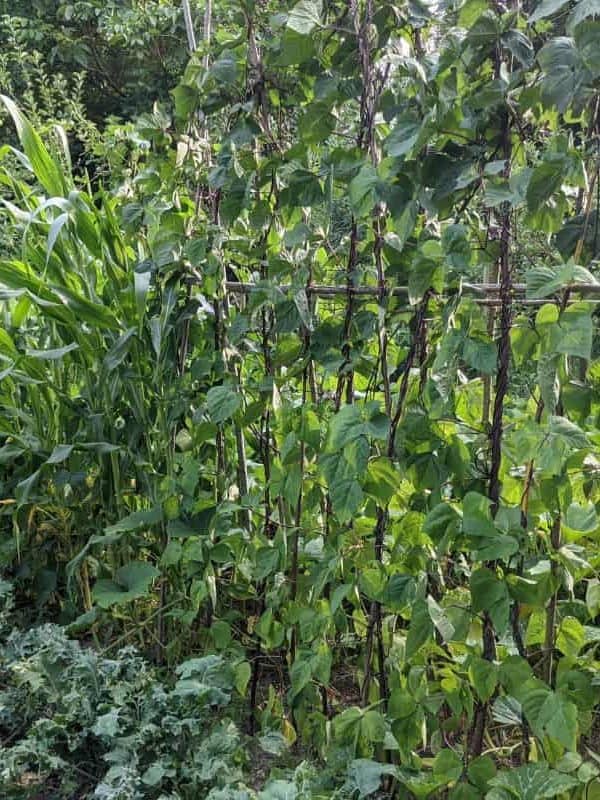
Pole beans are exactly as their name implies. They grow up a pole or cover a trellis with pod producing vines. Pole beans are sweeter than the bush variety, and they will continue to produce all season long.
Plant in full sun and keep them watered to help them do their best.
A favorite stringless bean is “Fortex” which can grow up to 11 inches and remain tender and string-free.
Peas
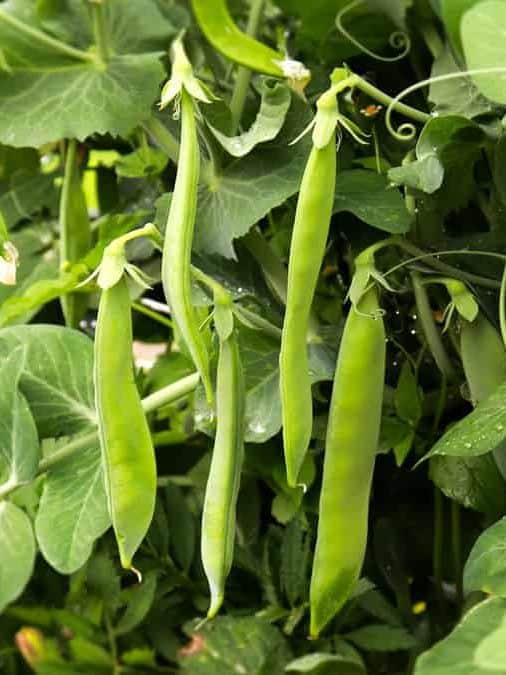
Peas are very easy to grow, but have a short growing season. They prefer temperatures below 70 degrees, so you will need to plant them as early as possible if you live in a warmer climate.
To grow, you need to sow the seeds outdoors 4- 6 weeks before the last spring frost in rich soil.
Peas will also help to fix nitrogen content in soil, so it is a great early crop that can be replaced by a heavy feeder like squash, once the peas have run their course.
Cucumbers
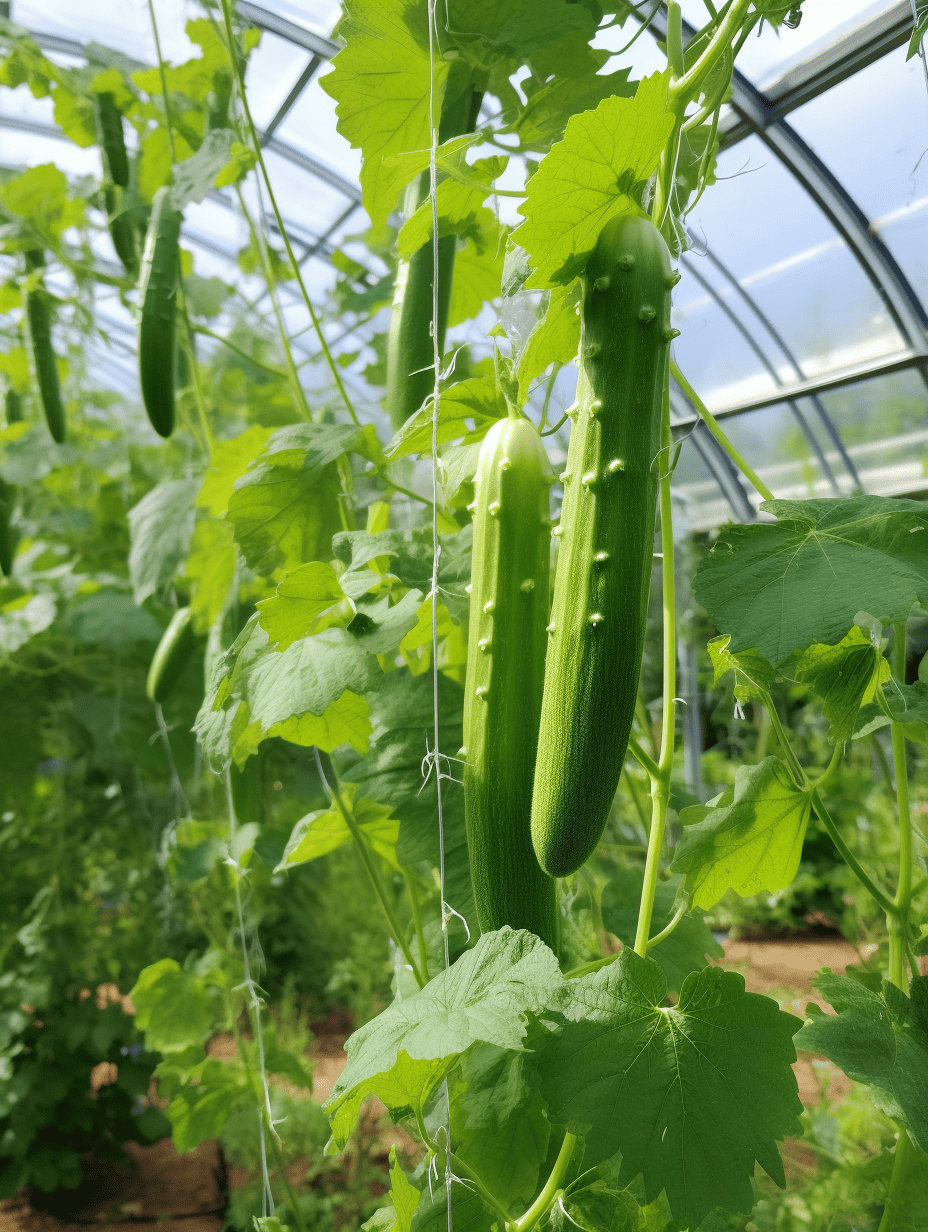
Another kitchen staple, cucumbers are fun plants to grow as they grow very fast and are generally heavy producers. “Straight 8” is a good variety for your basic slicing needs.-
You can also grow pickling cucumbers if you want to try your hand at making pickles.
Cucumbers like warm temperatures and rich, fertile soil. Plant the seeds or transplants outside at least two weeks after the frost date in a sunny location.
Melons
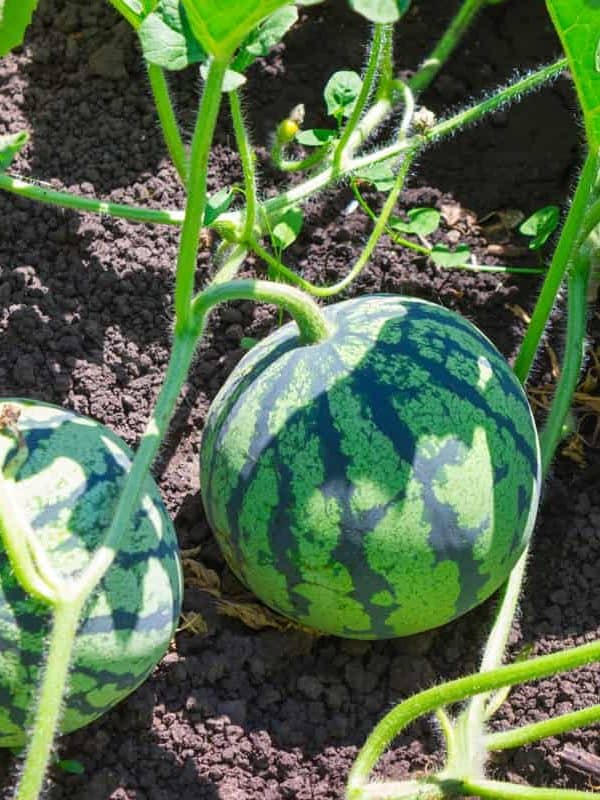
It may surprise you to discover that you can grow melons and cantaloupes in a vertical garden. They do best when planted in the ground and then tied to a trellis as the vines grow. You can grow cantaloupes, honeydew, watermelons (Yes watermelons!), with the proper conditions and support.
Plant your melon plants in warm soil in full sun, and make sure to provide plenty of water as the plant grows. Once the plant starts to produce fruit, you will need to create a nylon sling for each melon that forms in order to support it.
Squash
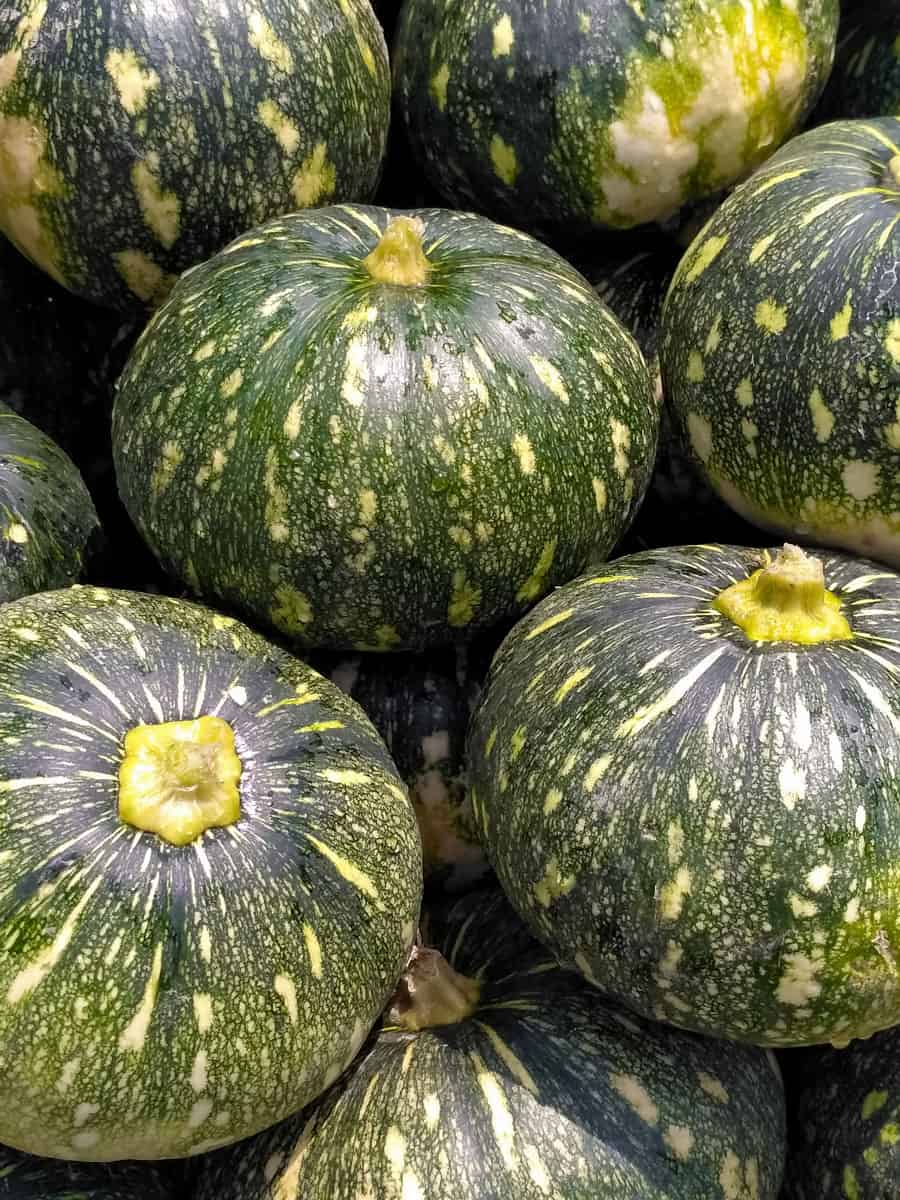
Squash is ideal or growing on a trellis. Train your vines and secure them as they grow, and make sure that you provide a sling for the fruit as they come on, especially for winter squash, which are typically heavy.
There are lots of varieties of squash, both summer squash and winter squash. Summer squash, like yellow straightneck and zucchini needs to be used fresh.
Winter squash, such as acorn or butternut can be stored in a cool, dark location for later use.
Squash like to grow in full sun. They are heavy feeders, so plant them in heavily amended soil and fertilize them regularly.
Root Vegetables
The roots crops below are fabulous for growing in a vertical garden, if for no other reason than because you can tend and harvest them without getting down on the ground.
Radishes
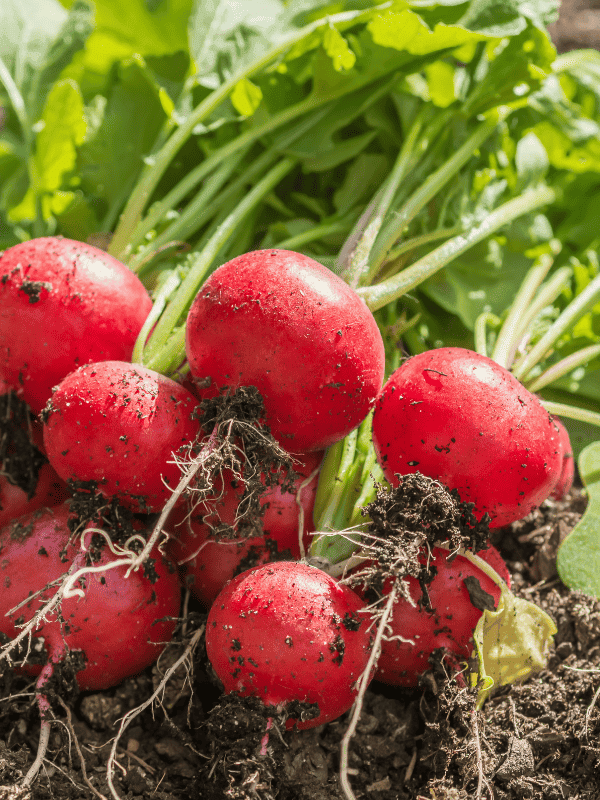
Radishes are delicious, spicy little roots that are super simple to grow. Sow your seeds in warm soil, give them a little water and before you know it you will have a ton of radishes. These are a favorite for small children who are impatient to see their plants grow.
There are two types of radishes: spring and winter varieties. Spring varieties should be planted in the early spring as they like cool weather.
Winter radishes take longer to grow, but the store better. They should be planted in the early fall.
It is ideal to plant them in soil enriched with wood ashes which keeps them from getting root maggots.
Carrots
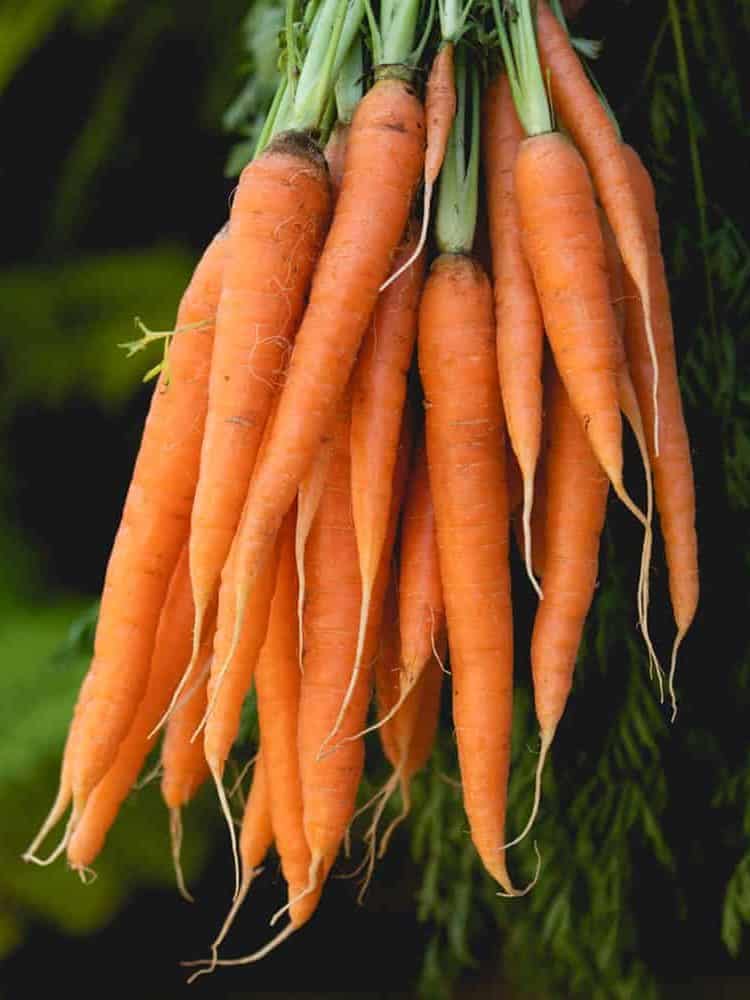
Carrots are also cool weather crops, so plan to plant in early spring and fall. They grow best in loose, sandy soil. It is important that the soil is not too heavy as it can prevent the carrots from growing correctly. The roots can become stunted and deformed.
They prefer full sun, but in a pinch can tolerate partial shade. Plant them, then keep the soil moist, but not wet as they grow over the next couple of months. They mature slowly, taking up to four months, depending on the variety.
You can grow all varieties of carrots, in lots of shapes and colors, from yellow, to red, to purple.
Garlic
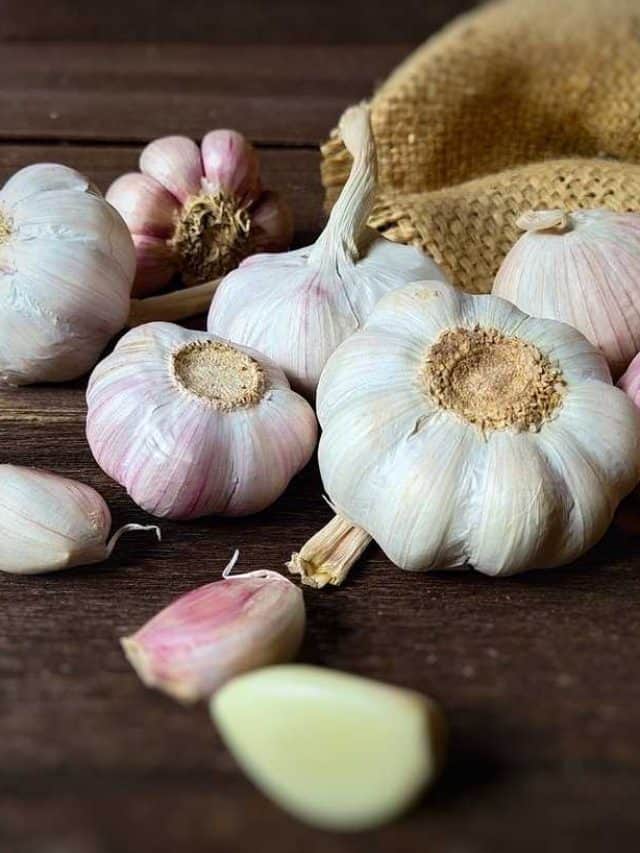
One very easy plant to grow is garlic. They require very little space to grow, just plant individual cloves in fertile, well-drained soil. Keep the soil moist, but don’t let water pool as they can cause the garlic to rot. Plant in the mid-autumn, then cover with a thick layer of much to protect them throughout the winter.
Cruciferous Vegetables
Cruciferous Vegetables are the super foods of the garden. They are very high in vitamins, minerals, and fiber. It is recommended to eat several servings a week as they can lower your risk of cancer.
Broccoli

A cool weather crop, broccoli is best when grown in the spring and fall. It needs full sun and fertile, slightly acidic soil. Water regularly, but do not get the developing heads of the broccoli wet.
There are some heat tolerant varieties of broccoli if you want a longer growing season. You can try Burpee’s Sun King Broccoli if you live in a warmer climate.
Cauliflower
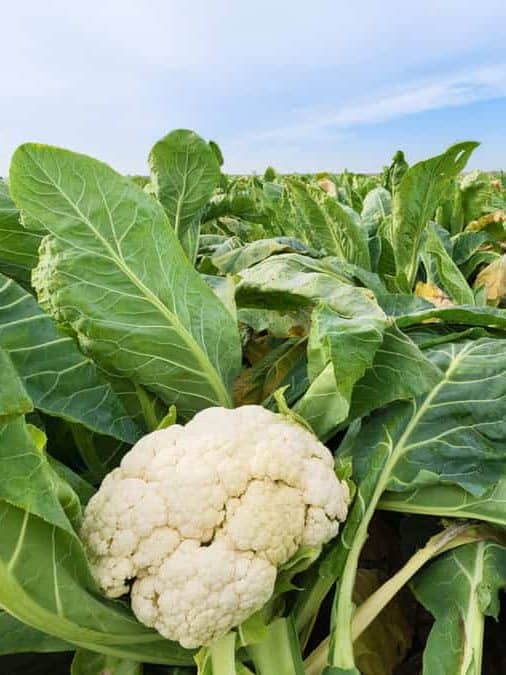
Cauliflower, like similar growing conditions as broccoli, and also has heat tolerant varieties available.
Beware, cruciferous plants can be targets for specific pests like cabbage worms, root maggots, and cabbage loopers. Keep an eye on your plants for them, and treat with a good organic pest repellant to keep them at bay.
Kale
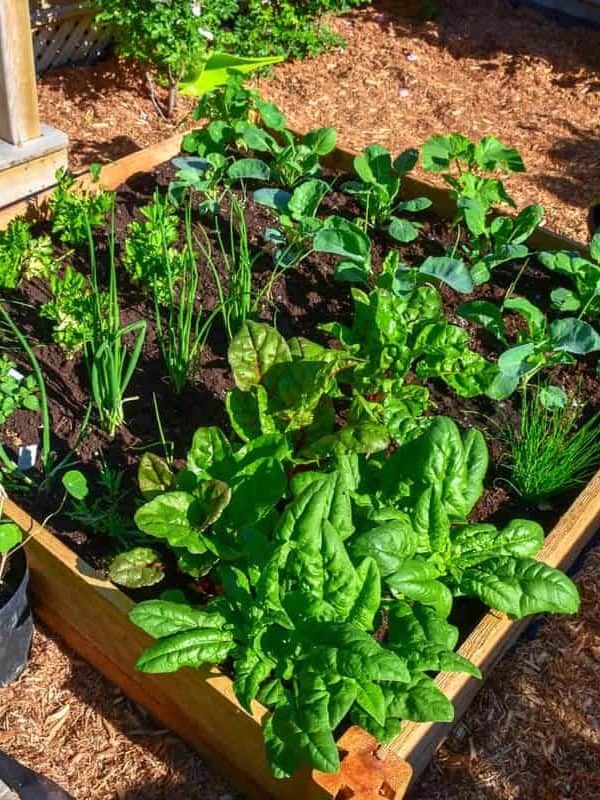
Kale is also a cold weather crop. You can plant it at any time, but it does better when in early spring and fall. It is very hardy, and can even tolerate some frosts. Plant in full sun, in soil that has a pH of 6.5 to 6.8 to help prevent clubroot disease. Give them lots of space so they can grow large and leafy.
Leafy Greens
The foundation of your salads, leafy greens grow well and look beautiful in a vertical garden. Stagger your plantings so you have a constant supply all season long.
Lettuce
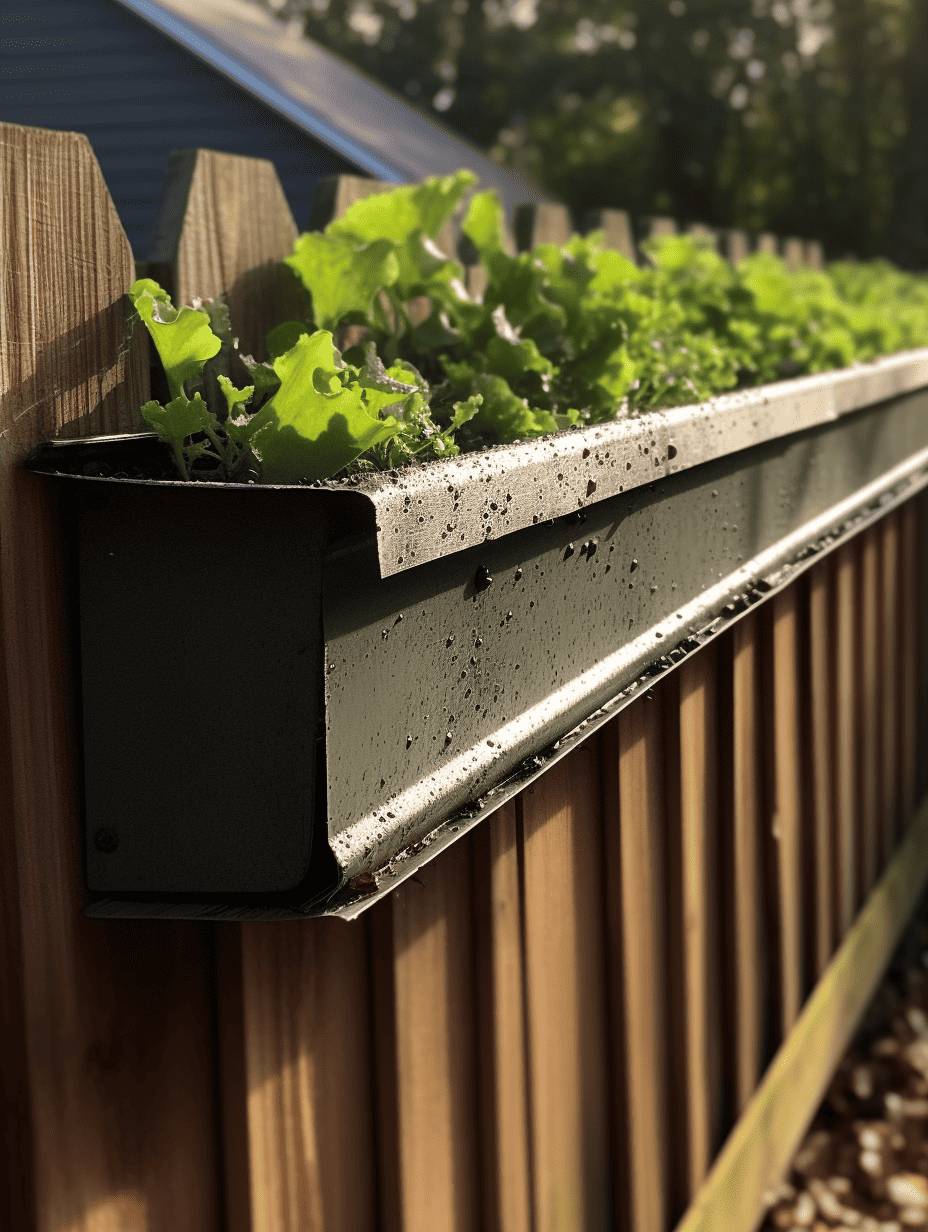
Lettuce prefers cool weather and loose well-drained soil. In a vertical garden, you should plant leaf lettuce, like “Black Seeded Simpson” instead of head lettuce. Fertilize with organic matter at least once a week. Direct sow your seeds early in the spring, about 1/2 inch deep, then water thoroughly.
As they grow, you can tell if lettuce needs to be watered because the leaves will wilt.
Harvest while young and tender, as the plants will get bitter and woody if they get too big.
Microgreens
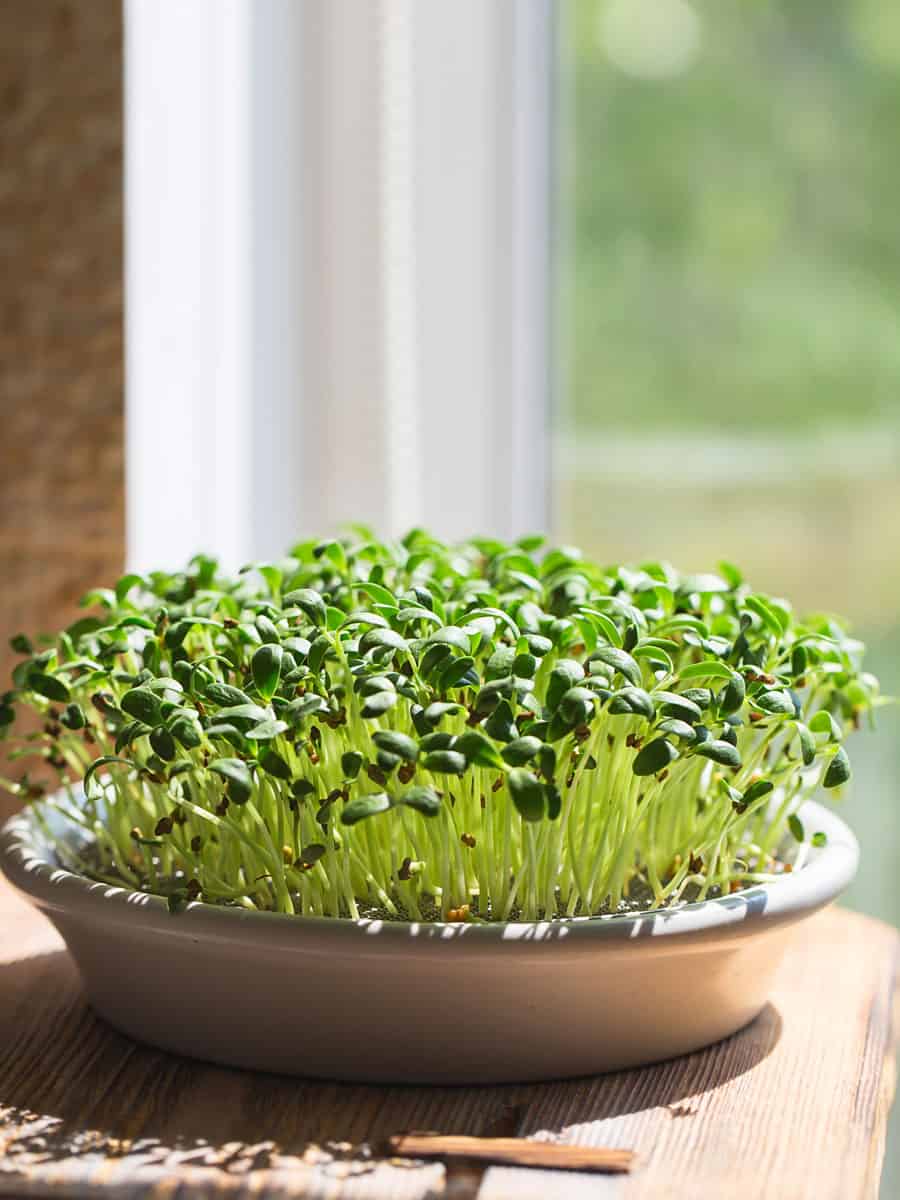
Baby greens are so simple to grow. You can get all different kinds of greens seeds mix. To grow, sow directly in your vertical garden containers. Plant several succession plantings so you will have a steady supply as you harvest.
This Basic Microgreens Salad mix contains broccoli, kale, arugula, and kohlrabi, and more.
Add your greens to your salads to enhance their flavor and nutritional content, or cook as wilted greens.
Spinach
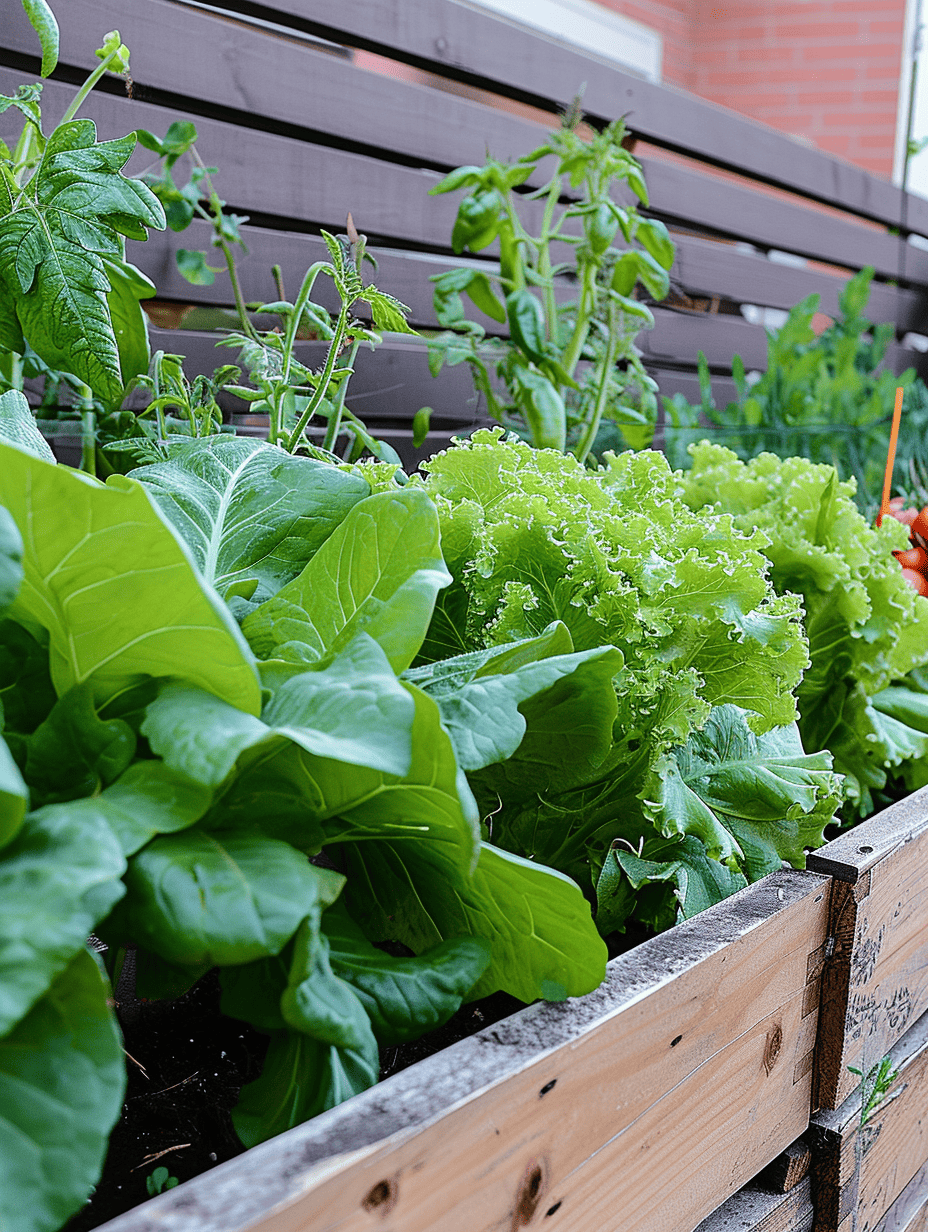
Spinach is a great easy cool weather plant to grow. Plant in the early spring, and you will soon be harvesting large yields of vitamin-rich leaves that can be used in recipes in a multitude of ways.
You will need to plant it in nitrogen-rich potting soil as much as six weeks before the last frost. Plant in the protective shade of other plants, to help your spinach stay cool for as long as possible.
Fruit
Vining fruit is a great addition to a vertical garden. Plant them at the top of your structure and let the vines trail down or grow them up a trellis for best results.
Hardy Kiwi
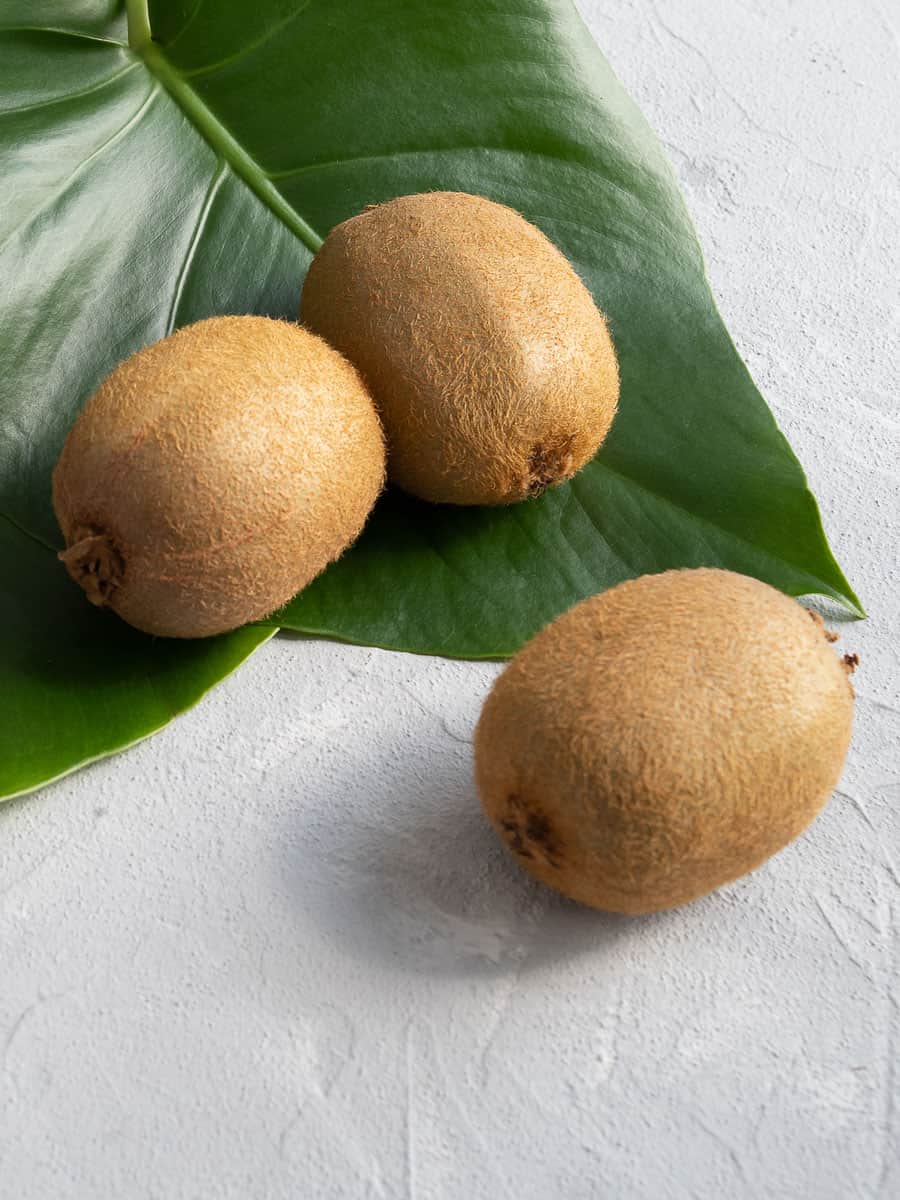
Kiwi is a tender plant that does not tolerate the cold. However, hardy kiwi vines are much more tolerant in colder climates. These vines do need a lot of space as they will grow up to 20 feet. Train them up a trellis as they grow.
You will need to make sure that you have at least one male plant and one female plant in order to have fruit. Plant them in full sun, but be prepared to protect the younger plants from the sun if it gets too hot. Water daily until well-established.
Strawberries
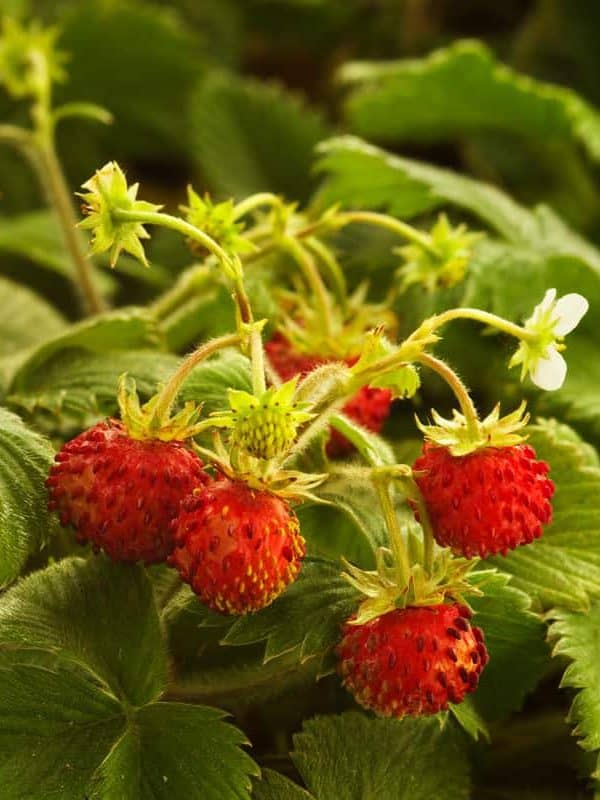
Growing strawberries in containers on a vertical garden structure provides them with ideal conditions. Plant them where they can get at least 8 hours of full sun and slightly acidic soil. They will send out runners that will take root anywhere they land on the smallest patch of dirt.
Strawberries can be either June-bearing or Ever-bearing. June-bearing plants develop a lot of fruit over a short period of time in the early summer.
Ever-bearing strawberries set less fruit, but produce all summer long.
Herbs
A full-grown vertical herb garden is a thing of beauty. There are so many different herbs that will do well in containers and they look beautiful together, as well as being useful. Container planting also enables you to provide the exact conditions that each kind of herb needs to thrive.
Rosemary

Originating in the Mediterranean, Rosemary likes long, sunny days, and high humidity. In some places in the southern United States, rosemary is grown as shrubs because they climate is so ideal for their growth.
Rosemary has an amazing aroma and can be used a variety of ways in your cooking.
Parsley
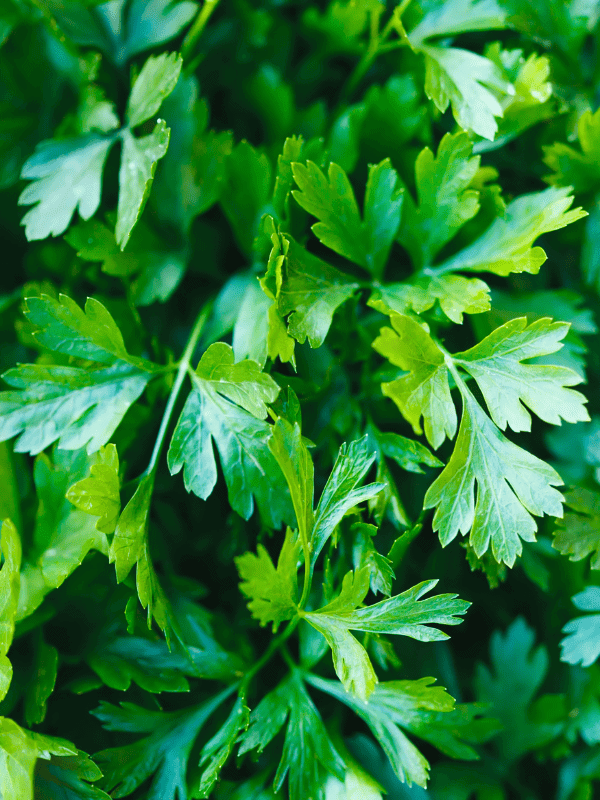
Parsley is a beautiful leafy green plant to grow in your vertical garden. Plant the seeds outdoors 3 to 4 weeks before the last frost in fertile soil.
To harvest, cut leaves from the outside of the plant as needed.
Chives
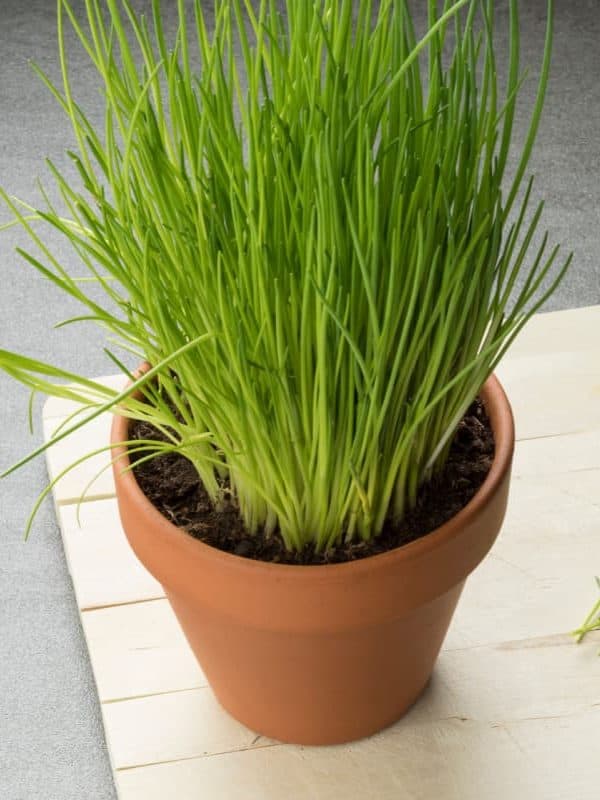
A perennial herb, chive plants will grow beautiful purple flowers. They love cool weather, so plant them in the spring for best results.
Chives need full sun and rich, fertile soil. Water consistently throughout the season. Remove the flowers before they turn to seed because they will spread chives all over your yard.

Click here to see more on Amazon
Basil
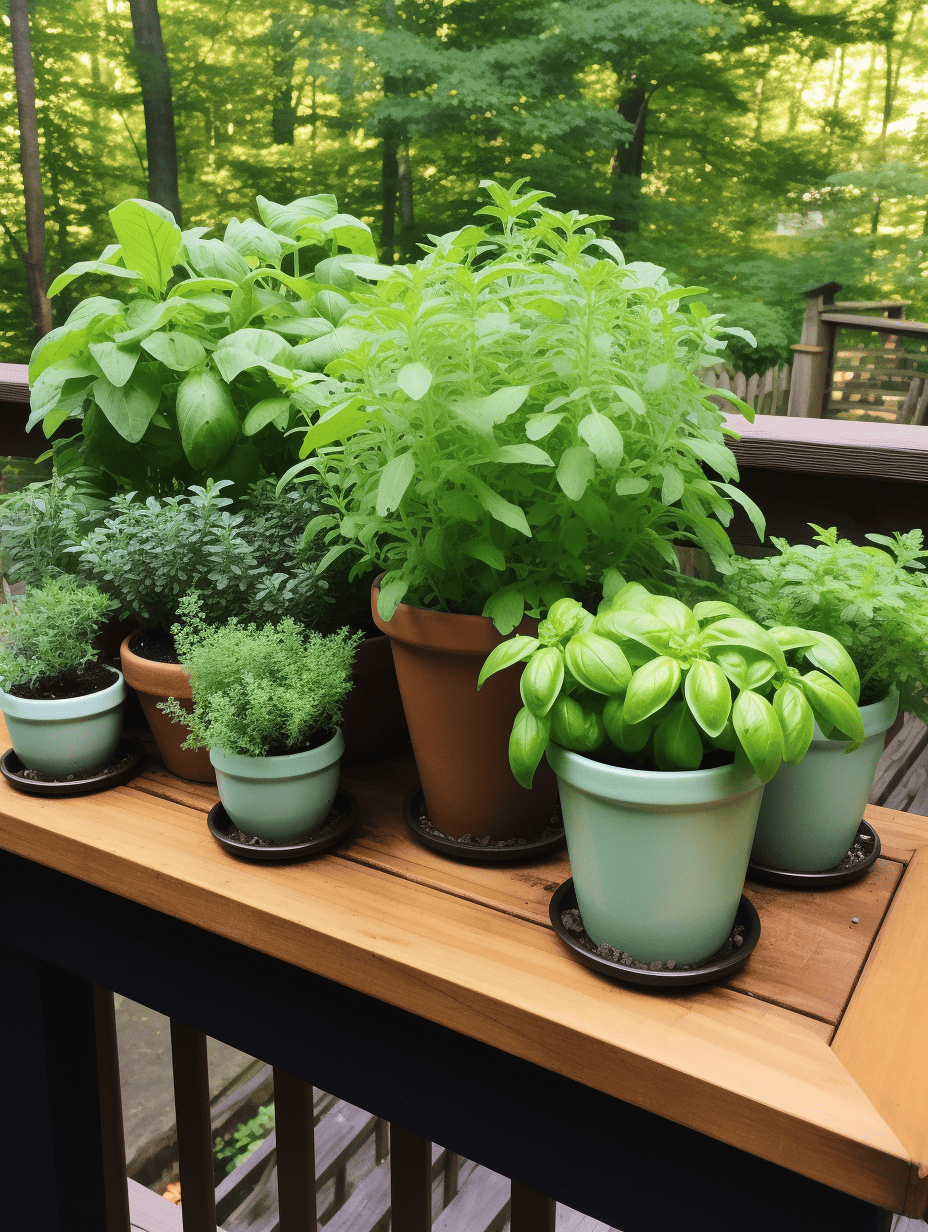
Basil is another kitchen staple that is a necessary addition to Italian cooking. It has a wonderful aroma and glossy green leaves. Plant basil in with your tomatoes as the two plants complement one another in their growing needs as well as they pair in cooking.
Oregano
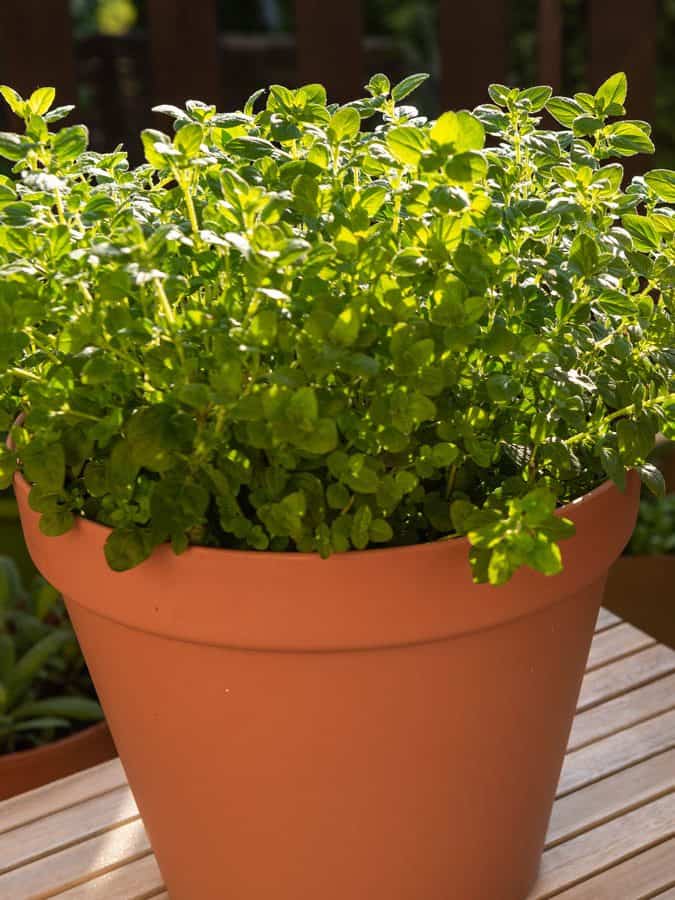
Originating from the Greek countryside, it is a must-have for Greek and Mexican dishes. It has a pungent, spicy flavor and is incredibly easy to grow.
Oregano needs full sun and light, well-drained soil. It grows better non-fertilized soil and does not need a lot of water. Only water when the soil is completely dry.

Click here to see more on Amazon
Mint

There are so many flavors of mint that you should plant a few different kinds to add variety to your cooking. Spearmint, Peppermint, Chocolate Mint, and Orange Mint are just a few of the flavors available.
Mint will grow almost anywhere with nearly no effort. It can actually become invasive if left to its own devices, so container planting works really well for it.
Reap What You Sow
Growing your own food is enormously satisfying and rewarding. It is proven that gardening reduces stress, plus there is nothing better than stepping out the backdoor and gathering your dinner. Choose from the list above, and you are sure to have a harvest that is the envy of all!





















